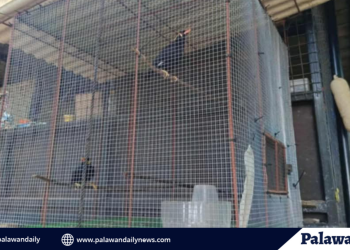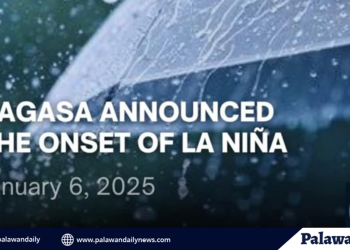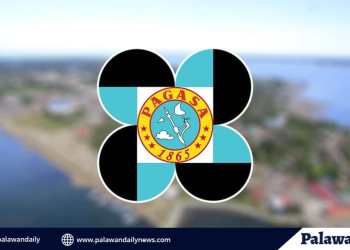The Department of Energy (DOE) is in the process of finalizing its Department Circular prescribing the policies and programs to enhance and development of Waste-to-Energy (WTE) facilities in the country, in an effort to promote WTE facilities as baseload renewable energy which can contribute to solid waste management, benefit the local economy, and create environment-friendly employment in many parts of the country.
From September 3, 2021 until September 8, 2021, the DOE set the virtual public consultation on the draft Department Circular in relation to the promotion of WTE facilities. On September 3, 2021, was set for participants from Luzon, September 6 and 8, 2021, will be for participants from Visayas and Mindanao respectfully.
WTE describes the process of utilizing waste to generate energy, in the form of electricity, heat or fuels. It is intended to empower LGUs to generate and contribute to energy generations. WTE is really introducing management of waste and convert it into energy.
The Electric Power Industry Reform Act of. 2001 (EPIRA) mandates the DOE to encourage private sector investments in the electricity sector and promote the development of indigenous and renewable energy resources.
The RA 9513 or the Renewable Energy Act of 2008 provides that it is the declared policy of the State to accelerate the development, exploration, utilization of and commercialization of renewable energy by institutionalizing the development of national and local capabilities in the use of RE systems, and promoting their efficient and cost-effective commercial application by providing fiscal and non-fiscal incentives.
“WTE will contribute in securing additional electricity supply in the country. This will facilitate our promotion of WTE. We are not promoting waste generation but rather the conversion of waste generated into useful energy,” said Director Mylene C. Capongcol of the DOE Renewable Energy Management Bureau (REMB).
The draft Circular contained the policy support for WTE development including the dispatch prioritization to promote investments in WTE development.
One of its provisions WTE shall be included in the qualified RE generating units considered as Must Dispatch, thereby, must dispatch preference is given to power generation from Eligible WTE Facility in the hierarchy of dispatch schedule.
Sharmaine Padua of the DOE said that there are ongoing WTE projects underway in some parts of the country but none of these are already operational.
“Meron sa Davao, Cebu and Quezon City but not yet completed and installed. Nasa pre-development pa at for registration pa sa DOE. Wala pang operational na WTE, wala pa sa stage na yun,” Pardua said.
The DOE said that an eligible WTE facility shall be a duly registered WTE facility under RA 9513 and comply with RA 8749 (Philippine Clean Air Act of 1999), RA 9275 (Philippine Clean Water Act of 2004, RA 9003 (Ecological Solid Waste Management Act of 2000), technical standards/guidelines set for the establishment and operation of WTE facilities, and other laws, rules, and regulations which may be later created or otherwise identified relevant to WTE development.
In 2018, Austworks Corporation proposed a P 2.1-billion joint venture WTE project through plasma-gasification process with the City Government of Puerto Princesa. Aside from Austworks, some other WTE developers also made presentations and proposals to the City Government.
In this proposed project, AustWorks shall undertake the development and utilization of all waste materials found and deposited in the Sanitary Landfill Facility located in Barangay Sta. Lourdes and all future waste to be deposited in the facility.




















Discussion about this post